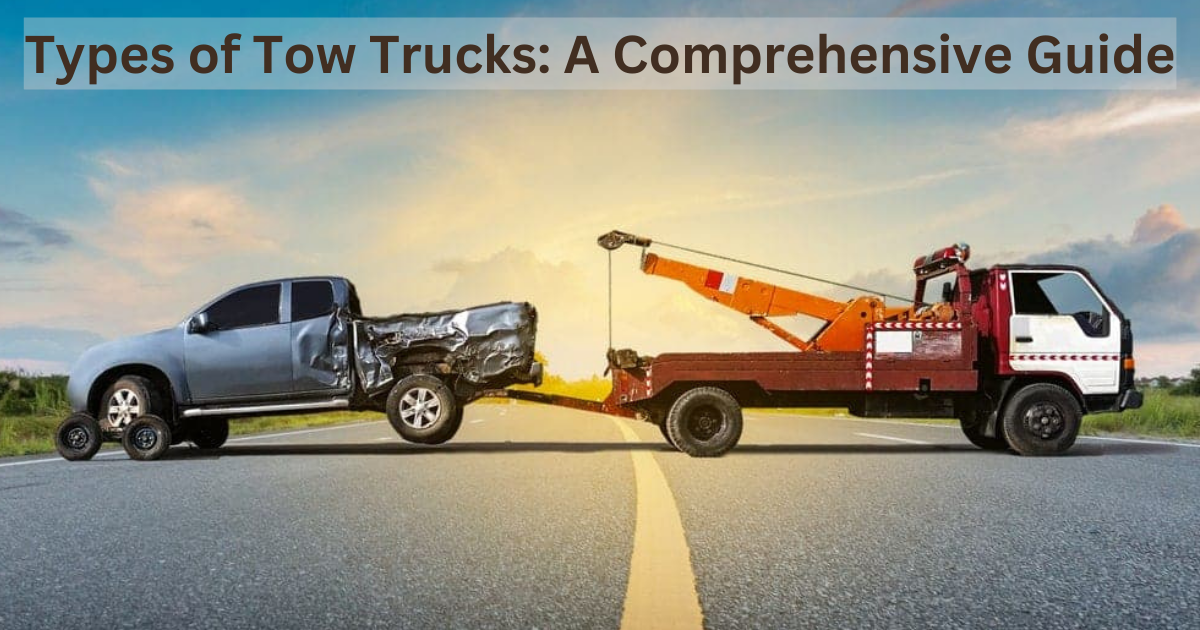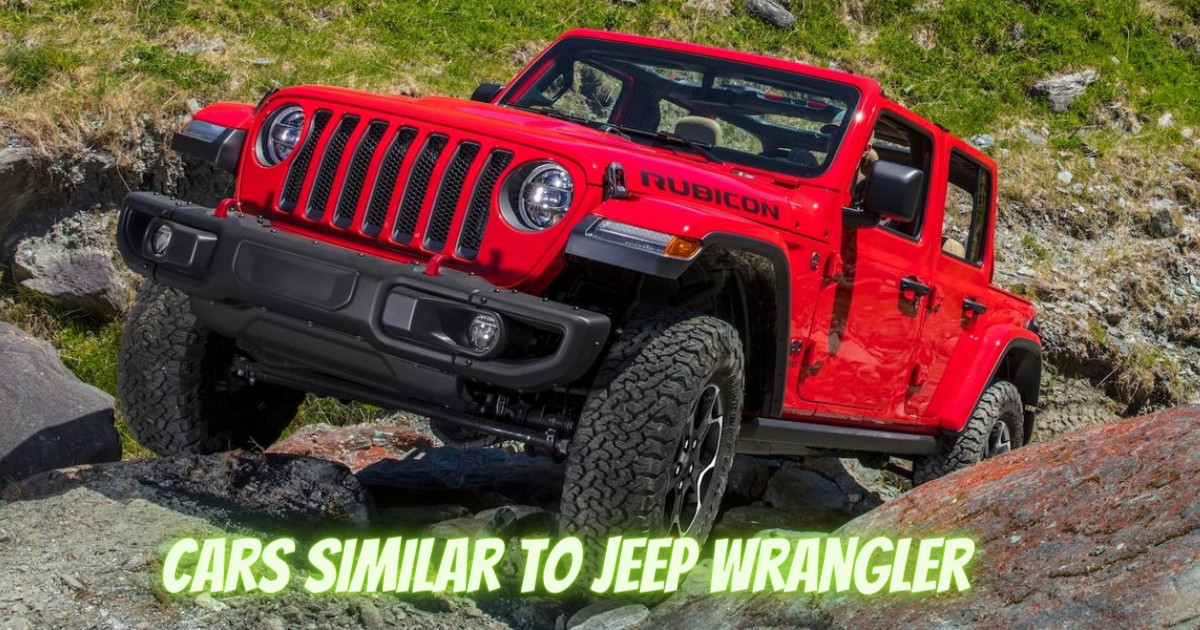
Most vessels that aren’t navy ships or luxury yachts fall into one of many broad categories, including cargo ships, passenger ships, industrial ships, service vessels, and other noncommercial miscellaneous ships. There are further subdivisions possible within each category we’ve already discussed; nevertheless, the first category has by far the most.
What is a Ship?
Ships are enormous vessels used on the world’s oceans and other fairly deep waterways to transport goods and people or support specialized missions like those of the military, scientists, or fishermen.
Ships can be distinguished from boats by their greater size, more complicated shapes, and specific functions. More than 50,000 ships are in use today, trading all over the globe and transporting 90% of the goods, commodities, and goods that people require.
Modern ships are equipped with navigation control bridges and large engine rooms housing the ship’s machinery. A cargo ship might have a handful of these units, while a passenger ship might have hundreds.
Several types of modern commercial maritime boats can transport a wide variety of cargo. This isn’t the only ship out there; there are others of which few know. The article provides a brief overview of the most common ship types and their respective roles to help readers make sense of everything being discussed. Let’s get started, shall we?
Types of Ships
The following is a list of the primary types of ships that are used for global travel:
- Container ships
- Bulk carrier ships
- Fishing vessels
- High-speed craft
- Roll-on Roll-Off ships
- Offshore ships
- Submarine
- Passenger ships
- Sailboat
- Yacht
- Dredgers
- Livestock carriers
Container Ship

The very name of these kinds of ships gives away their primary function: carrying goods packed inside containers. Containerization refers to the process by which cargo is transported on container ships using intermodal containers that are the size of trucks.
These are the standard methods of commercial cargo, and they carry the majority of marine non-bulk cargo at this time. These ships are typically automated and use gantry cranes to load and unload cargo. At the moment, container ships are responsible for transporting ninety percent of the world’s non-bulk goods. The competing crude oil tanker has overtaken the conventional container ship as the most important type of commercial vessel.
Bulk Carrier Ship
Ships called bulk carriers are employed for the purpose of transporting dry commodities in large quantities, including grain, coal, ore, steel coils, cement, and other similar products. In the year 1852, the very first specialized bulk carriers were constructed. The greatest capacity, safety, efficiency, and durability of bulk carriers are some of their most notable characteristics.
Despite this, the processes involved in loading freight might vary, and loading and unloading cargo can take several days each. There are a few different configurations for bulk carriers; they can be gearless, rely on terminal equipment, or be equipped with an onboard crane. These days, bulk carriers account for 21% of the world’s total merchant fleet and come in various sizes, ranging from single-hold mini-bulk carriers to enormous ore ships.
Bulk carriers can also be divided into the following ship types:
- Conventional bulker
- BIBO
- Self-discharging bulker
- Geared bulker
- Gearless bulker
- Lakers
Fishing Vessels:
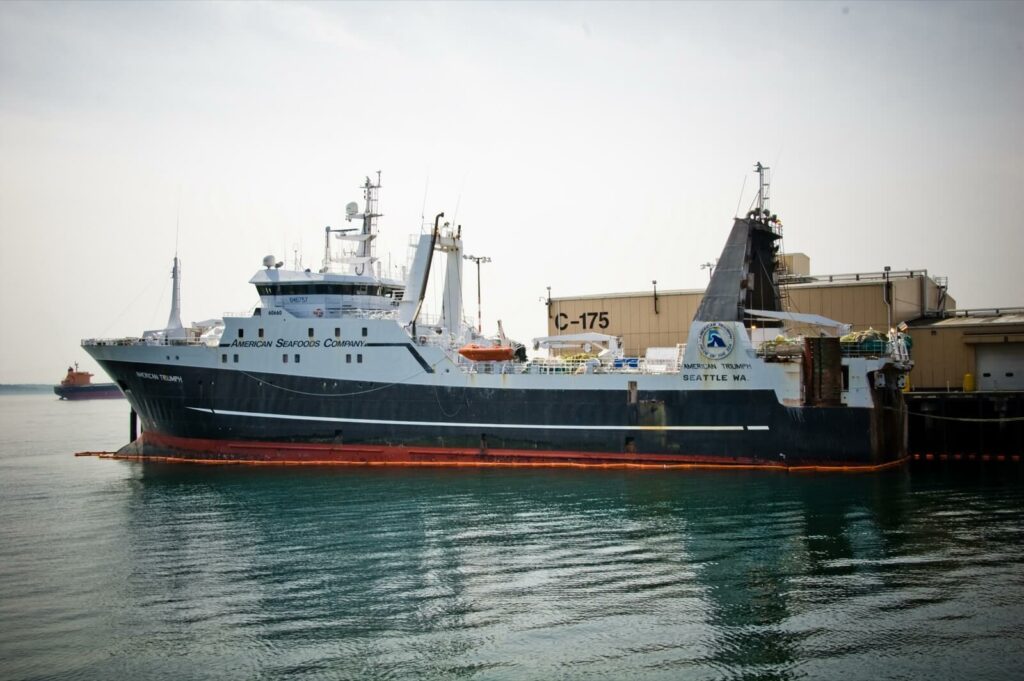
A fishing vessel is a boat that can be used for fishing in freshwater or saltwater environments, such as lakes or rivers. A vessel that is used for fishing will have a conical net that is used to catch fish by dragging it through the water or down the water. There is a wide variety of them, and they find applications in commercial, artistic, and recreational fishing.
In 2016, approximately 4.6 million fishing vessels were operating across the globe in their entirety. It is difficult to estimate accurately because the vessels can be as small as dinghies or as large as charter cruisers. Unlike commercial fishing vessels, they are frequently used for other purposes besides fishing. Trawlers and vessels that do not travel very far are the two primary categories used when describing fishing boats.
High-Speed Craft:

Crafts capable of traveling at high speeds over water use air pressure to propel themselves forward, and engines and turbine propellers propel them. These vessels have been fashionable since they were introduced to the market, and that trend continues today.
Fast yachts are a subcategory of advanced, high-performance (typically high-speed) marine vessels designed for civilian use. These types of ships are also sometimes referred to as superyachts. The vast majority of these innovations are not implemented on commercial vessels. Passenger ferries are typically vessels that travel at a high rate of speed.
Roll-on Roll-off Ships:

There are specific kinds of ships known as roll-on roll-off ships designed to transport wheeled cargo. The term “wheeled cargo” refers to anything that can be driven onto and off a ship, including automobiles, motorbikes, trucks, buses, and railroad cars. Moving the vehicles themselves or employing a platform vehicle, such as a self-propelled modular transporter, can do this.
Lift-on/lift-off (LOLO) ships use cranes to load and unload cargo, in contrast to roll-on/roll-off (RORO) ships, which load and unload freight using rollers. Cargo can be efficiently rolled on and off RORO ships since these vessels are equipped with ramps or ferry slips that are either incorporated into the ship or located on the shore. The term “RORO” is typically reserved for use in reference to huge oceangoing boats.
Ro-Ro ships come in five different types. These are:
- Full Ro-Ro Ships
- General Cargo and Roll-on/Roll-off Ships (GenRo)
- Container Vessel + Ro-Ro (ConRo) Ship
- RoPax
- Pure Car Carriers (PCC) and Pure Car and Truck Carriers (PCTC) Ro-Ro ships
Offshore Ships:
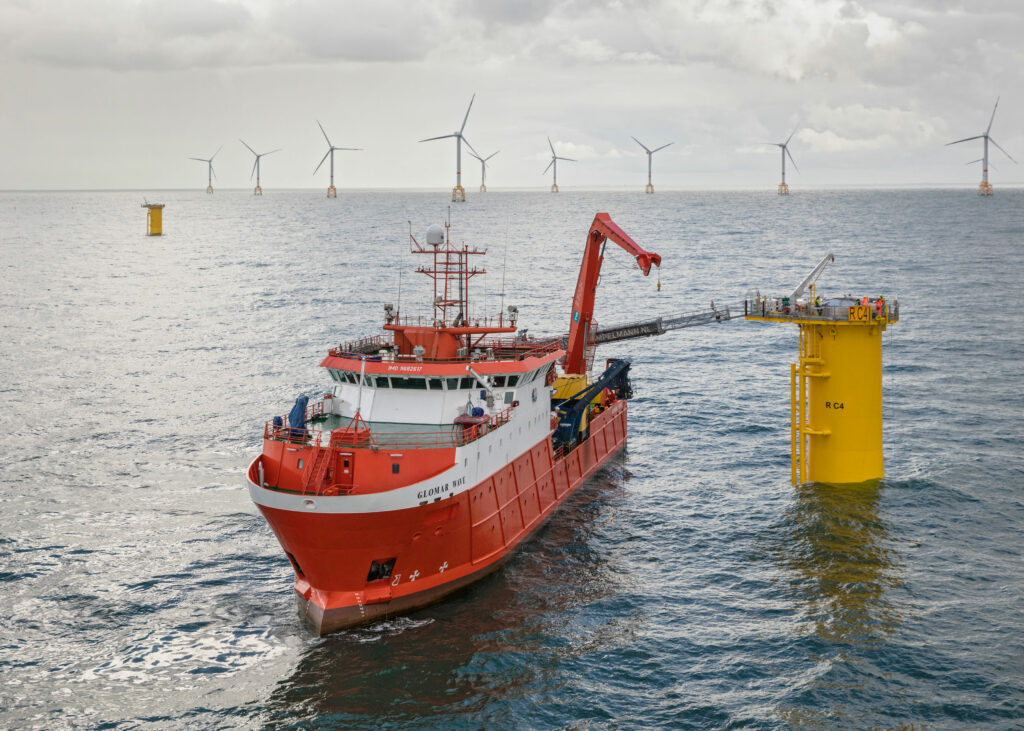
Most of an offshore ship’s time is spent in oil exploration and building projects at sea. Offshore vessels come in a wide variety of configurations. In addition, when necessary, these ships transport crew personnel to and from active zones on the high seas and provide them with a place to rest and regroup.
As was said before, the phrase “offshore vessels” refers to a collective context and encompasses a wide variety of vessels used in the high seas area. These vessels, which typically range in length from 50 to 100 meters (160 to 330 feet), are used for various purposes, including logistical support and the movement of commodities, equipment, and equipment.
Submarine:
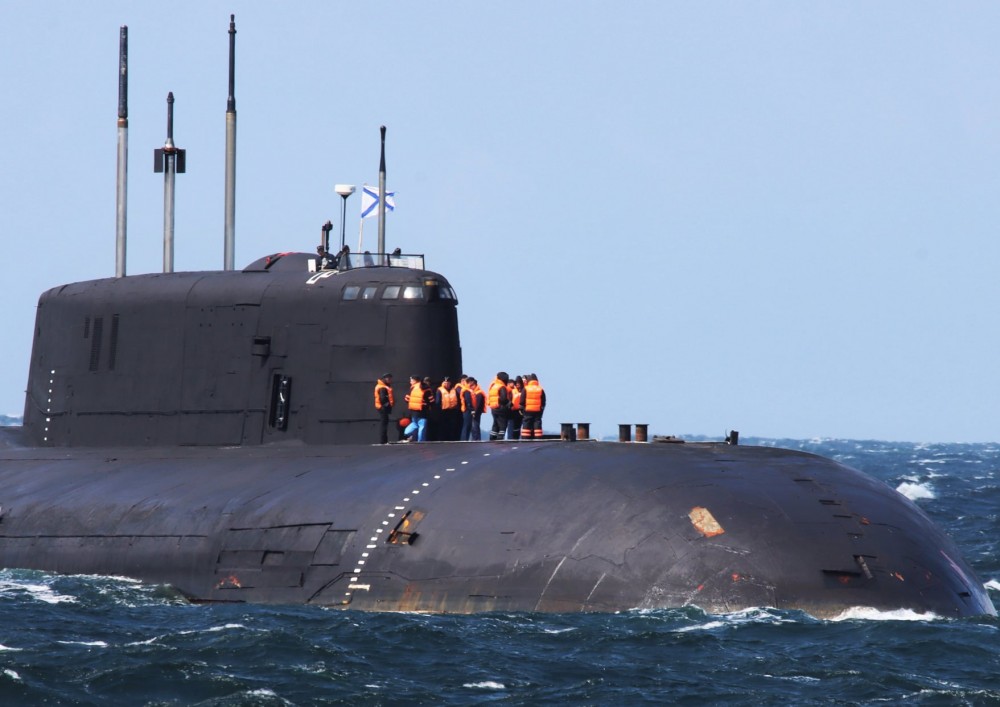
A vessel that has the capacity to navigate on its own below the surface of the water is known as a submarine or simply as a “sub.” In contrast to this, an underwater submersible only possesses a limited set of capabilities. Submarines are able to float on the surface of the water thanks to the large ballast tanks that are loaded with air.
Valves are located at the highest point of the weight tank, which are opened whenever the submarine is coordinated to reduce its position. Most large submarines have a tube-shaped body with cone-like ends, usually situated in the vessel’s middle. This is where the communication and detection equipment, as well as the periscopes, are located. Submarines come in a variety of configurations and capacities.
Passenger Ships:
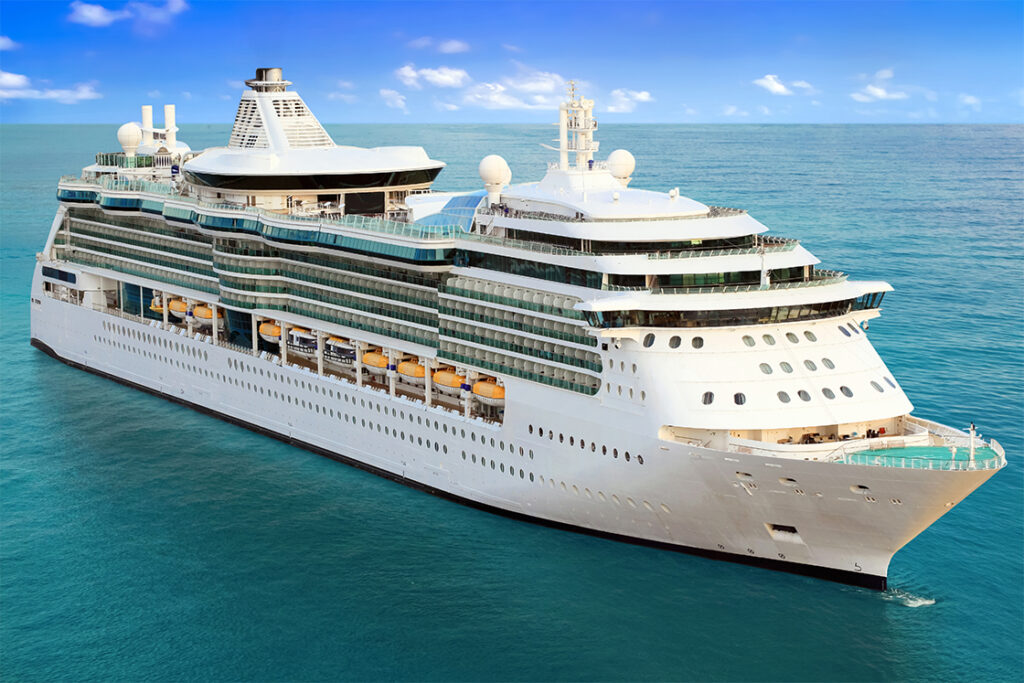
Passenger ships’ primary function, often referred to as cruise ships, is transporting passengers from one location to another. In contrast to the seaplanes used for transportation, cruise ships are typically employed for round-trip journeys to various ports, where guests can disembark and go on excursions.
The hull strength, speed, and maneuverability of contemporary passenger ships are all inferior to those for seagoing vessels. Recent ships have been called “floating condominiums packed with balconies,” despite the fact that they have additional facilities to appeal to water visitors. In general, cruise ships will make round journeys lasting anywhere from two to three nights or more without stopping at any ports.
Sailboat:

Smaller than a sailing ship, a sailboat is a type of boat that can be driven in part or in its entirety by the use of sails. The boat moves through the water due to a combination of the forces exerted by the breeze on the sail and the water on the ship’s submerged parts.
A similar effect to that of an airplane’s wing is produced when the wind blows over the sails, and this lift is referred to as the aerodynamic lift. Specific sailboats are equipped with motor propellers, which allow the sailboat to go forward even when there is no wind.
Yacht:

A boat that may either sail or be propelled that is designed for cruising, racing, or other types of leisure activities is called a yacht. These vessels each have a cabin that passengers can use to spend the night in if they choose. The vessel must be at least 10 meters (33 feet) in length and has the potential to be considered to have appealing aesthetic qualities.
These are powered by electrical energy, which can come from an engine-driven alternator or a battery reenergized by the engine. There are primarily two categories of yachts available: racing yachts and sanction boats. Racing yachts are intended to prioritize performance over comfort, while sanction boats are operated as a for-profit enterprise.
Dredgers:
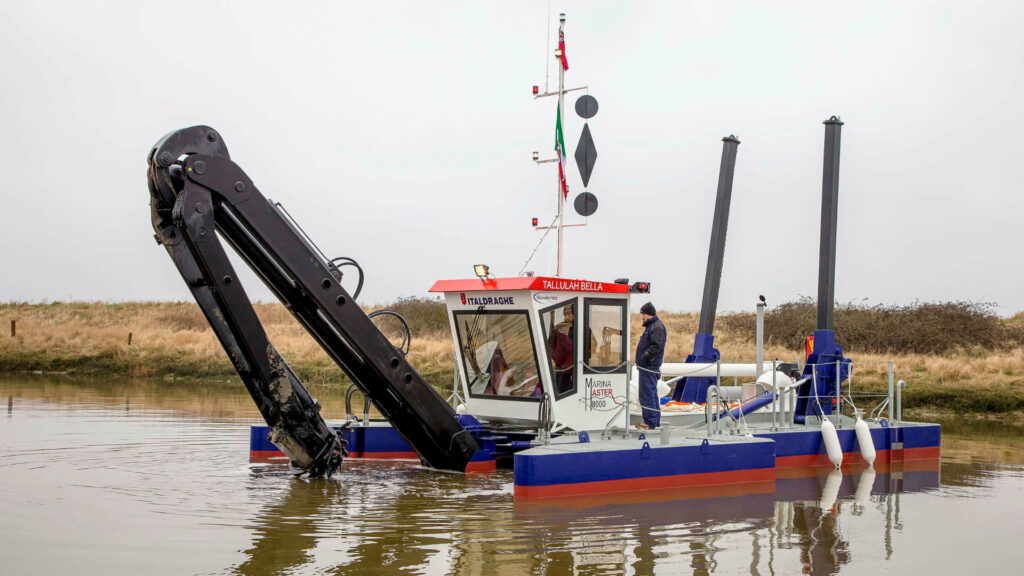
The primary function of a dredger is to remove accumulated sediments such as sand, silt, and gravel from the bottom of rivers, inlet streams, and the ocean floor. To put it more succinctly, these ships have been equipped with machinery to extract deposits from the ocean bottom, such as sand and other resources.
These boats are deployed for various purposes, including exploring shallow waterfront areas, remote ocean mining, and other similar activities. Standard dredgers include basic fly lifts and airdrops, drill attractions, pneumatic dredgers, and dredgers capable of working on the land or in water.
Dredgers come in two main types. These are:
Hydraulic Dredgers: They get their digging power from hydraulic systems.
Mechanical Dredgers: Their digging power comes from a gear system powered by solid electric motors.
Livestock Carriers:
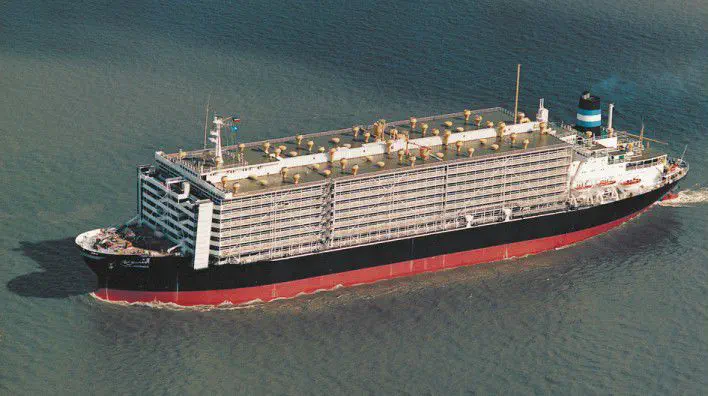
A huge vessel known as a livestock carrier transports live animals such as sheep, cattle, and goats from one location to another. These vessels are typically brand-new builds or older cargo ships that have been repurposed. When moving livestock, the most important things to think about are providing appropriate ventilation, food, and water for the animals.
It is necessary to have livestock carriers to transport sufficient food for the livestock during the trip and enough stock in an emergency. The average carrying capacity for sheep in common livestock trucks is between 30,000 and 40,000 animals (or 3000 to 4000 head of cattle). The Middle East is a common transit point for livestock haulers traveling between Australia and New Zealand.
FAQs
How many types of ships are there?
There are many different types of ships, but we have mentioned some of the most common 12 different types of ships in this article.
What is the most important use of a ship?
It has now surpassed all other forms of transportation in terms of overall usage. Secondly, it is always relevant: Humans have been using ships to transport products for thousands of years. As time went on, shipping became more efficient and more advanced.
Conclusion
We have covered almost everything on the topic of “types of ships,” and we believe it would be a great guide for a beginner. Please let us know in the comments section if you have any other information on the topic; we would love to know!

